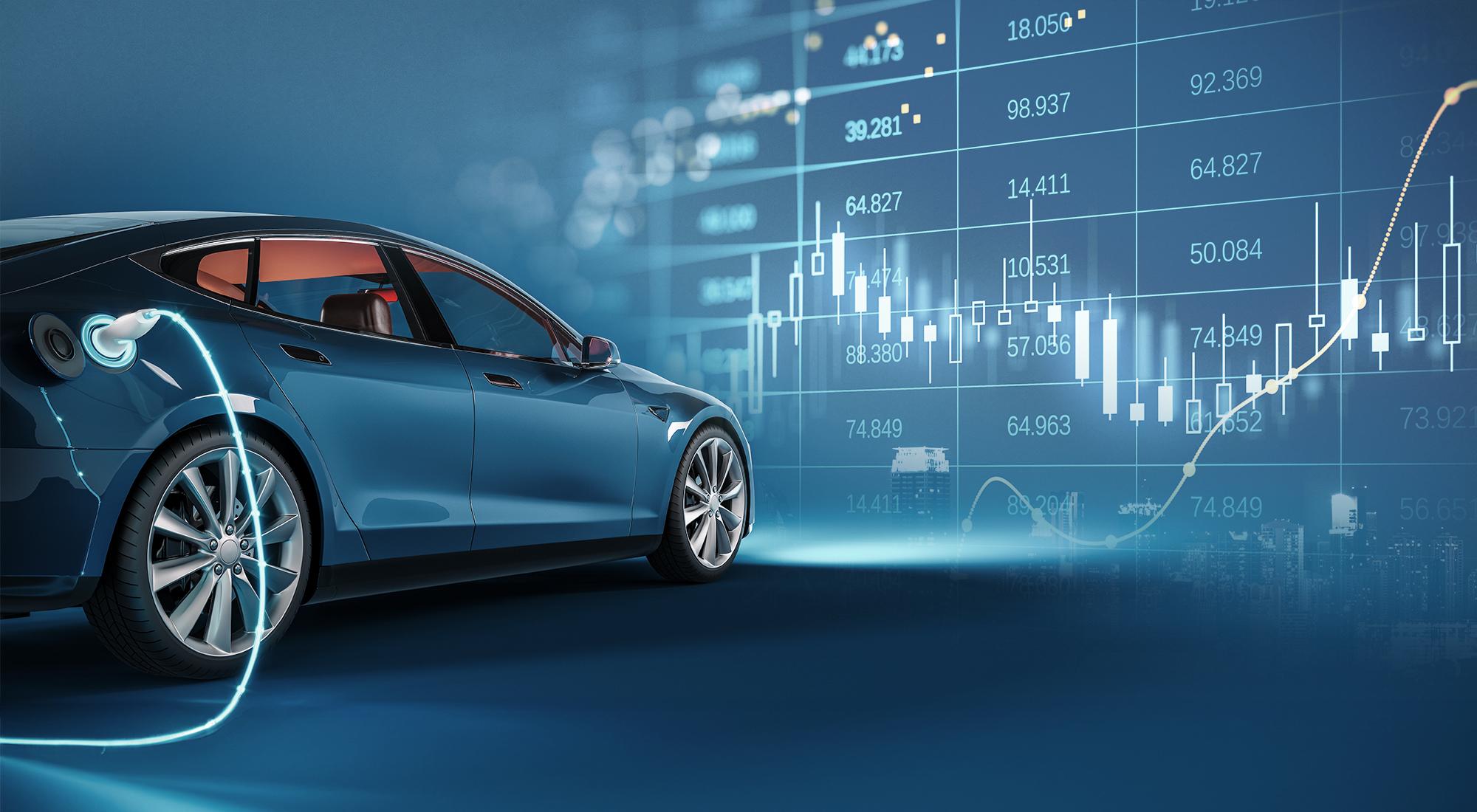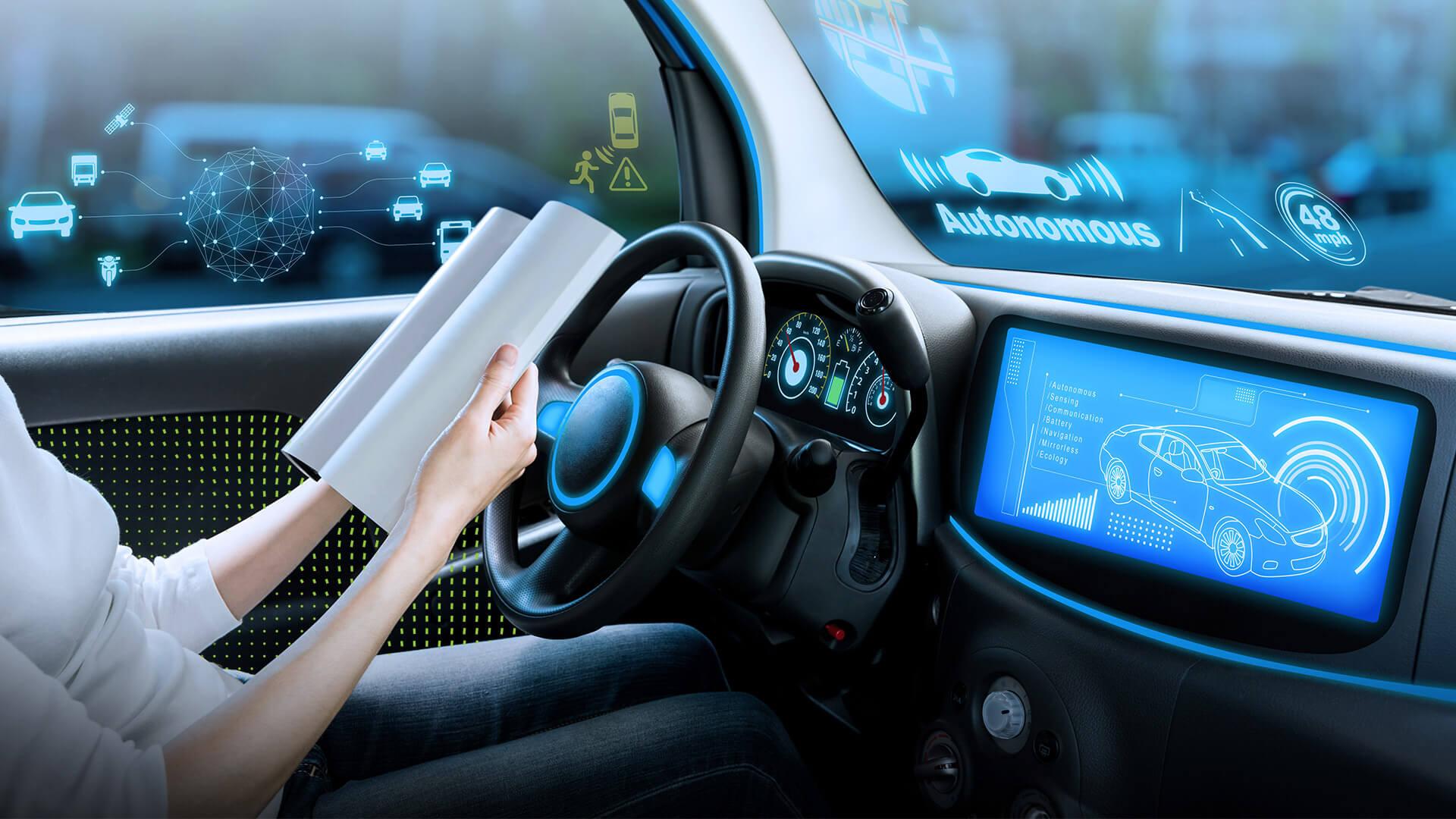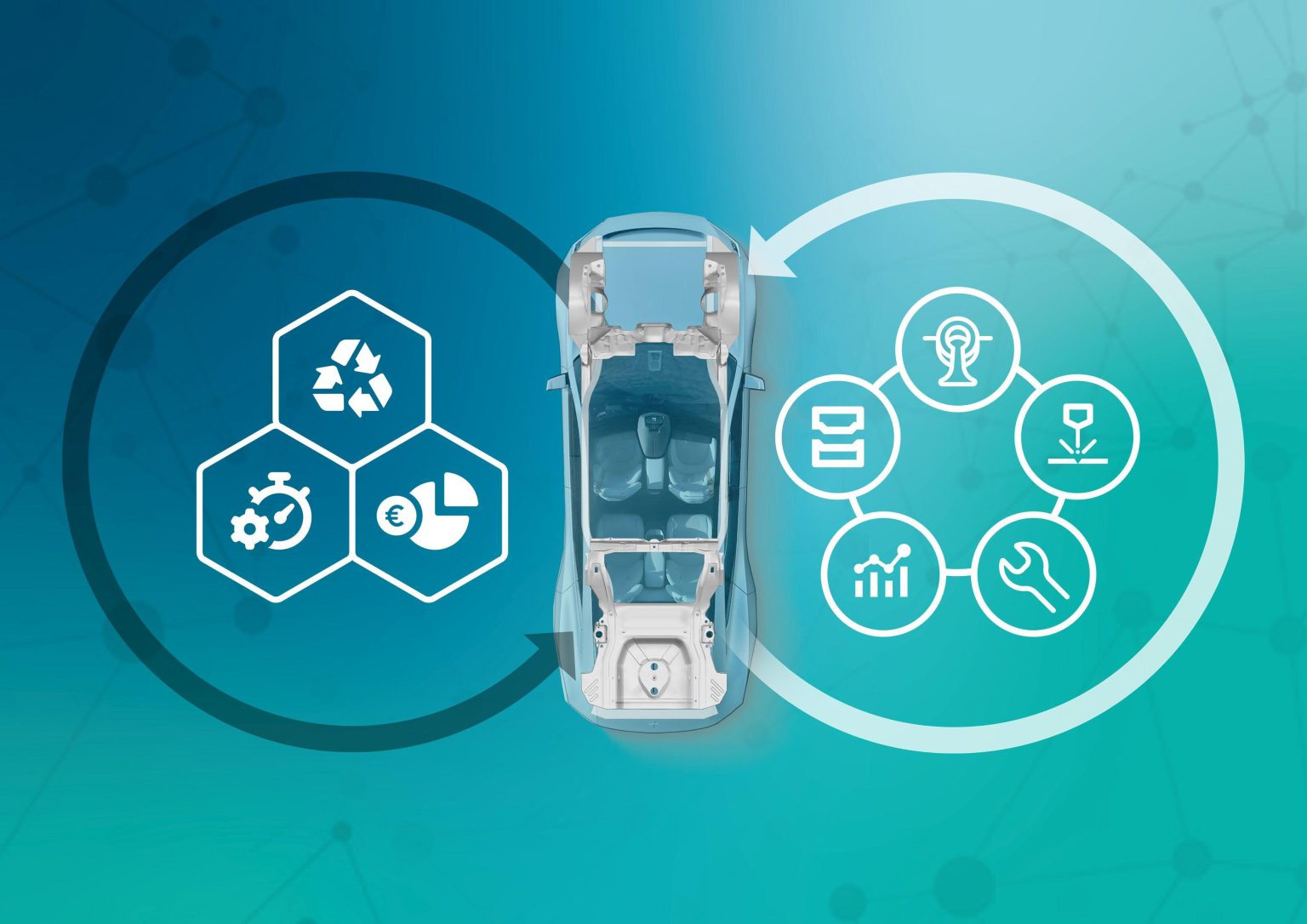As we progress further into 2023, the automotive industry continues to intersect innovation with sustainability, propelled by shifting consumer demands and stringent environmental regulations. October brings with it a wave of significant developments that signal a transformative period for manufacturers, suppliers, and consumers alike. From advancements in electric vehicle technology and autonomous driving capabilities to the expanding adoption of smart vehicle features, the landscape of the automotive market is rapidly evolving. Amidst these changes, established automakers are intensifying their efforts to pivot towards greener solutions, while new players emerge, poised to disrupt traditional business models. This article delves into the latest trends, regulatory updates, and technological breakthroughs shaping the automotive sector this month, providing a comprehensive overview of where the industry stands and where it is headed.
Table of Contents
- Market Trends Shaping the Future of Electric Vehicles
- Advancements in Autonomous Driving Technology and Their Implications
- Regulatory Changes Impacting Automotive Manufacturing and Sustainability
- Consumer Preferences and Technological Innovations Driving Growth in the Automotive Sector
- Insights and Conclusions

Market Trends Shaping the Future of Electric Vehicles
The electric vehicle (EV) market continues to gain momentum, driven by a confluence of technological advancements and shifting consumer preferences. Major automakers are investing heavily in battery technology, focusing on enhancing energy density and reducing charging times. Recent reports indicate that solid-state batteries, which promise greater efficiency and safety, are nearing commercial viability. Additionally, the proliferation of fast-charging infrastructure is making EV ownership more practical for a wider audience. Consumers are increasingly drawn to sustainability options, with many citing environmental concerns as a significant factor in their purchasing decisions.
Furthermore, government policies are playing a crucial role in shaping the landscape of the automotive industry. Various regions are rolling out incentive programs aimed at boosting EV adoption, including tax credits and rebates for both consumers and manufacturers. Industry experts foresee a surge in second-hand electric vehicles, thanks to increasing trade-in programs and resale value improvements. As manufacturers pivot to meet the anticipated surge in demand, we can expect the EV market to evolve rapidly, with particular emphasis on the following trends:
- Increased automation and autonomous driving features
- Expansion of ride-sharing and subscription services
- Integration of renewable energy sources for charging

Advancements in Autonomous Driving Technology and Their Implications
In recent months, the automotive industry has witnessed groundbreaking advancements in autonomous driving technology, pushing the boundaries of what is possible in vehicle automation. Major players like Tesla, Waymo, and Cruise have unveiled new features that enhance vehicle perception and decision-making, leading to increased safety and efficiency on the roads. Some of the latest innovations include:
- Fifth-Generation Lidar Technology: Offering improved range and accuracy, this technology allows vehicles to detect obstacles and navigate complex environments more effectively.
- AI-Driven Sensor Fusion: By integrating data from multiple sensors, vehicles can create a comprehensive understanding of their surroundings, thus enhancing situational awareness.
- Over-the-Air Software Updates: Automakers are now able to implement updates remotely, allowing for continuous improvement of autonomous features without requiring physical recalls.
The implications of these advancements extend beyond enhanced driving experience; they mark a significant shift in the transportation landscape. Potential reductions in traffic accidents and the optimization of traffic flow could lead to a decrease in carbon emissions and congestion. Furthermore, as autonomous vehicles become increasingly reliable, there may be a shift in urban infrastructure design to accommodate this new wave of transportation. A comparative analysis of current and projected benefits reveals:
| Parameter | Current State | Projected Post-Adoption |
|---|---|---|
| Traffic Accidents | 1.3 million annually | Reduced by 90% |
| Carbon Emissions | 4.6 metric tons/year | 20% reduction |
| Urban Traffic Flow | Average speed 12 mph | Increase to 20 mph |
Regulatory Changes Impacting Automotive Manufacturing and Sustainability
The automotive manufacturing landscape is undergoing a significant transformation as regulatory bodies across the globe reinforce sustainability mandates. This shift is largely driven by growing concerns over climate change and environmental degradation, prompting governments to implement stricter emissions standards and promote the adoption of electric vehicles (EVs). Major regulatory changes expected to influence this sector include:
- Enhanced Emissions Regulations: National and regional governments are setting more rigorous emissions targets for both light and heavy-duty vehicles.
- Incentives for Electric Vehicles: Increased subsidies and tax benefits are being offered to manufacturers and consumers alike to boost the production and sale of EVs.
- Supply Chain Sustainability Mandates: New requirements for sustainable sourcing and ethical production practices are being enforced, impacting the entire supply chain.
Moreover, industry leaders are increasingly adopting forward-thinking strategies to adapt to these changes, highlighting a dedicated commitment to sustainability. Collaborative initiatives among automakers, technology firms, and governments are being established to accelerate innovation in clean technologies. Recent statistics reveal:
| Year | Projected EV Market Share | Reduction in Carbon Emissions |
|---|---|---|
| 2025 | 20% | 15% |
| 2030 | 50% | 30% |
| 2035 | 75% | 50% |
As these developments unfold, the automotive sector must adapt swiftly to remain competitive while adhering to a new paradigm focused on sustainable practices, ultimately leading to an eco-friendly future for transportation.
Consumer Preferences and Technological Innovations Driving Growth in the Automotive Sector
As the automotive sector continues to evolve, consumer preferences are shaping the landscape of innovations in vehicle design and technology. Recent surveys indicate that modern buyers are increasingly prioritizing sustainability, connectivity, and autonomous driving features. A significant shift towards electric vehicles (EVs) reflects this trend, with consumers showing a strong inclination towards models that boast lower emissions and reduced carbon footprints. The demand for in-car technology that enhances user experience, such as advanced infotainment systems and seamless smartphone integration, is also on the rise. This shift not only influences manufacturers’ product offerings but also encourages greater competition in developing cutting-edge solutions to attract these discerning customers.
Additionally, technological advancements are accelerating growth within the industry, exemplified by the integration of artificial intelligence (AI) and machine learning in manufacturing processes. These innovations enable automakers to optimize production efficiency and reduce costs, ensuring quicker turnaround times for new vehicle models. Notably, companies are investing in smart manufacturing technologies, such as robotics and IoT (Internet of Things), which provide real-time data analytics for better decision-making. The following table summarizes the key technological innovations gaining traction in the automotive sector:
| Innovation | Description |
|---|---|
| Electric Powertrains | High efficiency systems that reduce dependency on fossil fuels. |
| Autonomous Technology | Self-driving features that enhance safety and improve mobility. |
| Connected Vehicles | IoT integrations allowing real-time data communication. |
| Advanced Manufacturing | Automation and AI that streamline production processes. |
Insights and Conclusions
the automotive industry continues to evolve at a rapid pace, marked by significant advancements in technology, sustainability, and consumer preferences as of October 2023. From the increasing integration of electric and autonomous vehicles into mainstream markets to innovative manufacturing processes aimed at reducing environmental impact, the landscape is changing dramatically. Stakeholders across the sector—manufacturers, tech companies, and policymakers—must adapt to these shifts to remain competitive. As we look ahead, it is clear that the coming months will be crucial for shaping the future of mobility, with the potential for even greater breakthroughs on the horizon. We will keep you informed of these developments as they unfold, ensuring you stay at the forefront of the industry’s dynamic changes.



